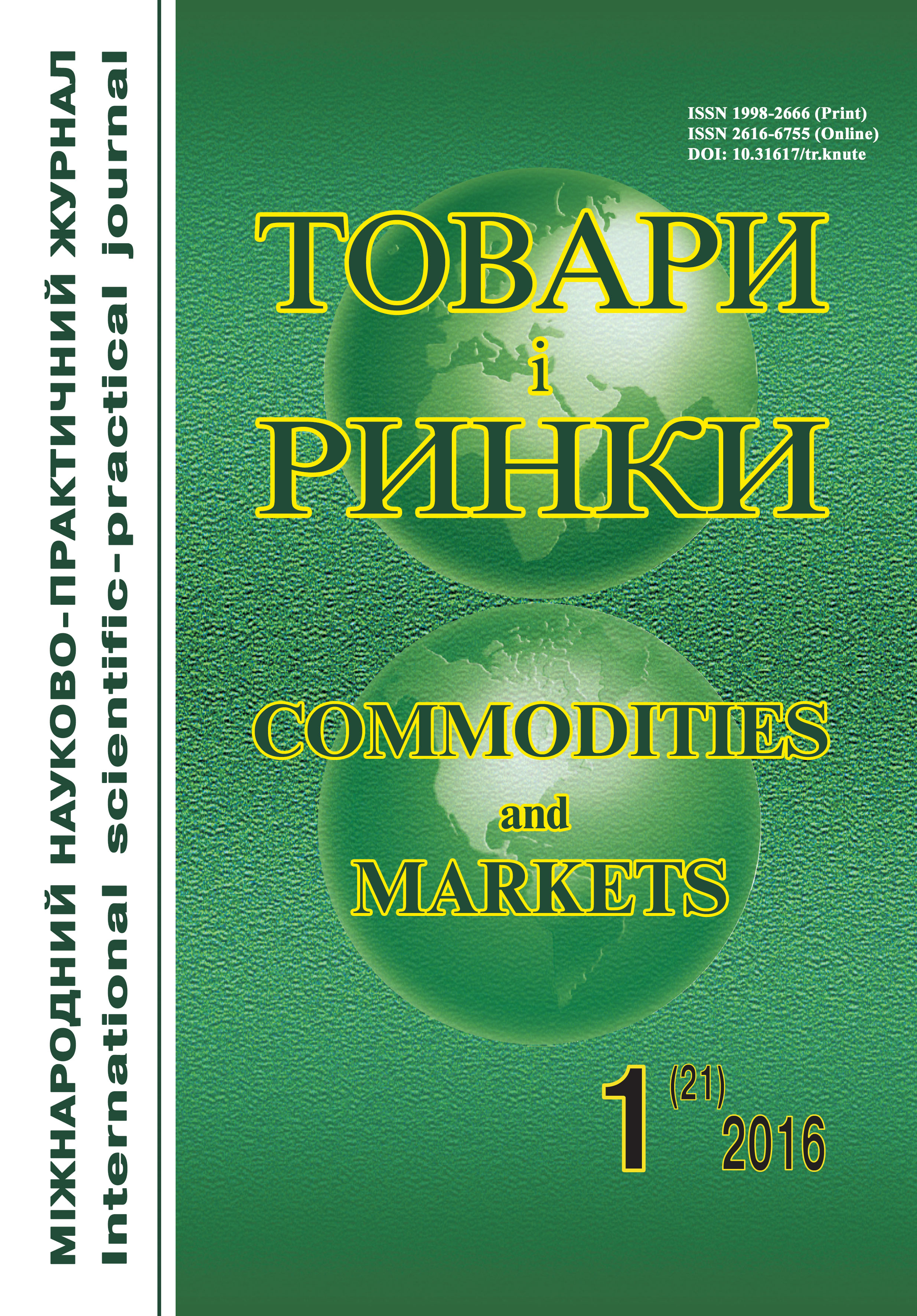Nitrogen compounds in biofortfied tomato vegetables
Keywords:
bifofortification, protein, Riverm, nitrogenous substances, amino acids, tomato vegetablesAbstract
Background. Biofortification is a strategic direction, the essence of which is in growing plant products of high nutritional value. Food plants are often biofortified with nutrients which deficiency in the diet is felt by the majority of the population – iron, zinc, carotene, folate, iodine, selenium, amino acids, and proteins. The use of vegetables together with animal products increases the digestibility of plant protein and improves their amino acid composition.
The aim of this work is to determine the content of nitrogen compounds in biofortifified tomato vegetables grown with the use of liquid, organic, environmentally friendly fertilizer "Riverm".
Material and methods. Objects of research are biofortified tomato vegetables: peppers of Scythian Gold and Ivanhoe varieties, tomatos of Klondike and Apollo varieties, eggplants of Iceberg and Kherson varieties. Reference samples are fresh vegetables that were grown according to the standard technology, without the use of the fertilizer.
Total nitrogen content was determined by the method of Kieldal [4], of protein nitrogen – by Barnshtein method [5], amino acid composition of proteins – according to the instructions to the analyzer of "Alpha Plus", the content of tryptophan – spectrophotometrically in alkaline hydrolyzate.
Results. It was proved that biofortified tomato vegetables can accumulate more protein and total nitrogen in their composition and are characterized with high protein content.
The greatest number of essential amino acids was found in bioforttfiked eggplants of Iceberg variety – 30.6 g/100 g of protein, which is 31 % of the total amount. Amino acid score of isoleucine in eggplant variety Iceberg is 117.5 %, threonine – 102.5, valine, tryptophan and lysine – 100 % (Fig. 5).
Conclusion. Biofortified tomato vegetables can be used in diets that are designed to maximize effective combination of animal and vegetable protein for better absorption by the body of healthy and sick people. Also the grown vegetables can be recommended for vegetarians as a valuable source of vegetable protein.
References
Upadhyay J. Crop bio fortification // SlideShare. — Way of access : WWW.URL: http://www.slideshare.net/jaydevupadhyay7/crop-bio-fortification. — Last access : 2016. — Title from the screen.
Biotechnology and Biofortification // International Service for the Acquisition of Agribiotech Applicatson / — Way of access : WWW.URL: http://www.isaaa.org/resources/publications/pocketk/27. — Last access : 2016. — Title from the screen.
Dunaevskij G. A. Ovoshhi i frukty v pitanii zdorovogo i bol'nogo cheloveka / G. A. Dunaevskij, S. Ja. Popik. — K. : Zdorov'e, 1990. — 160 s.
GOST 26889–86 (ST SJeV 5214–85). Produkty pishhevye i vkusovye. Obshhie ukazanija po opredeleniju soderzhanija azota metodom K'el'dalja. — Vved. 1987–01–01. — M. : Izd-vo standartov, 1986. — 8 s.
Ermakov A. I. Metody biohimicheskogo issledovanija rastenij / A. I. Ermakov, V. V. Arasimovich, M. I. Smirnova-Ikonnikova ; red. A. I. Ermakov. — L. : VO "Agropromizdat" Leningradskoe otd-nie, 1987. — 429 s.



